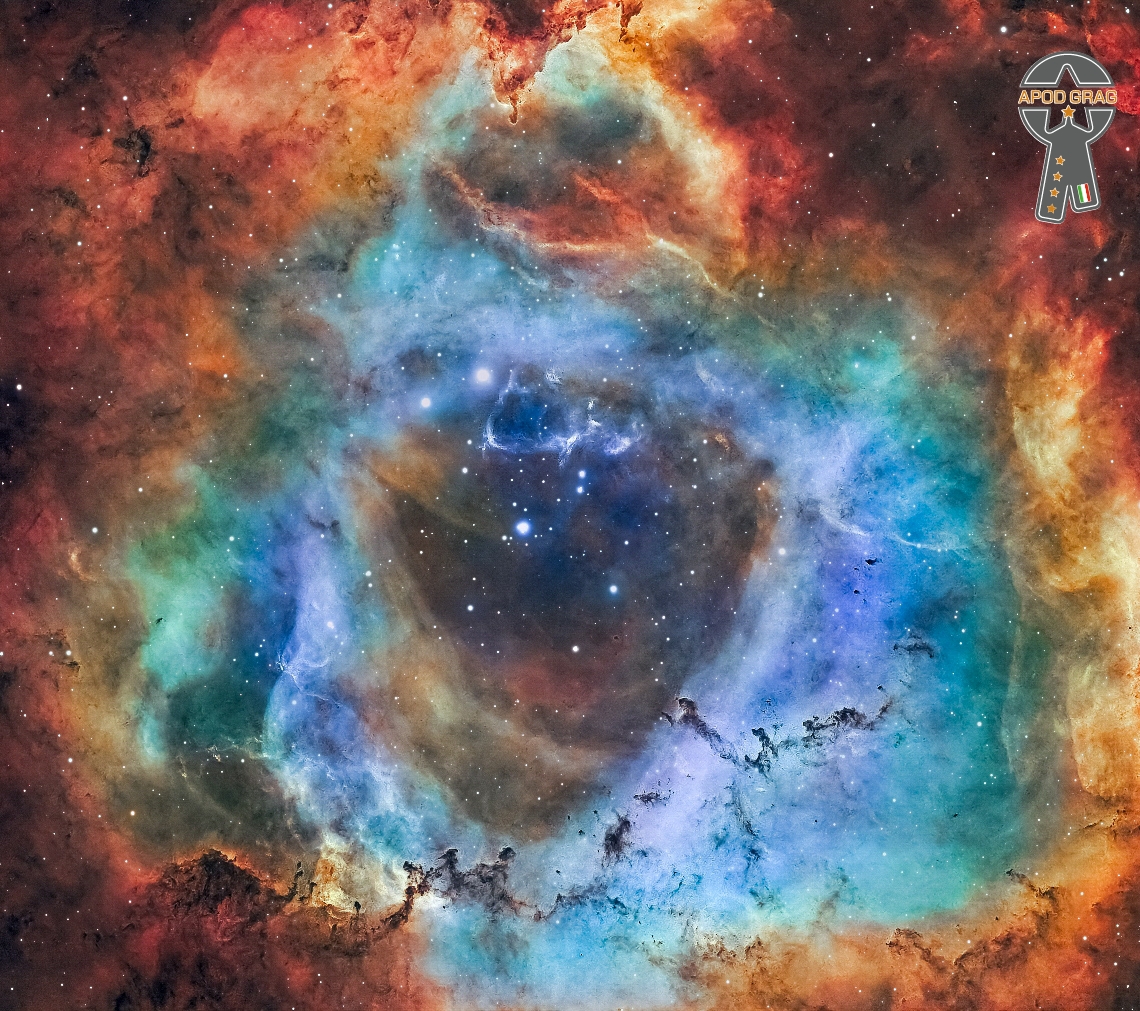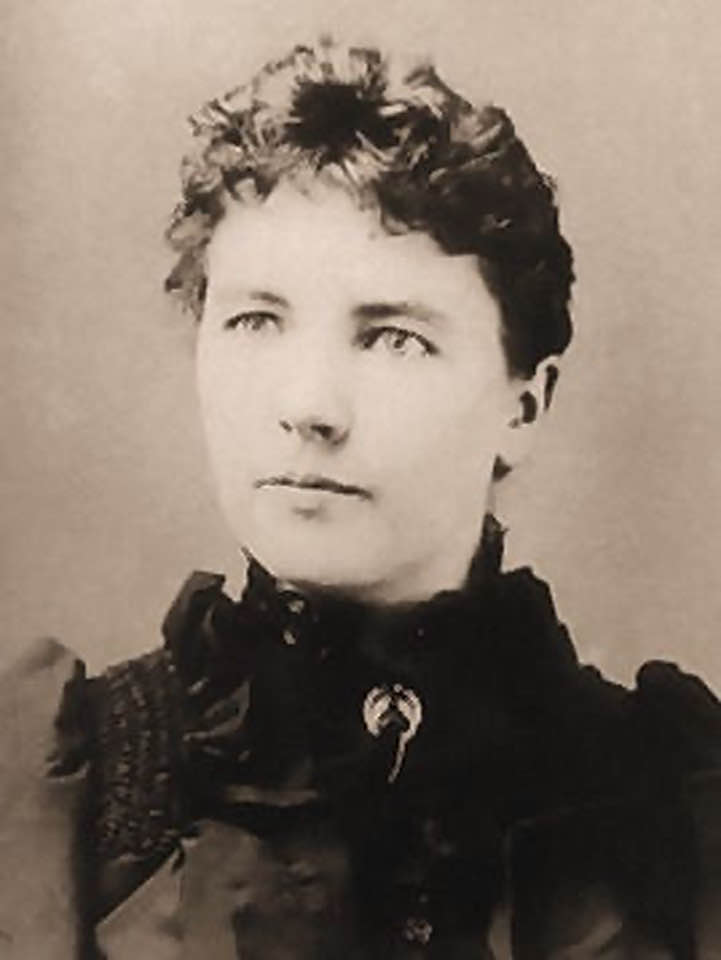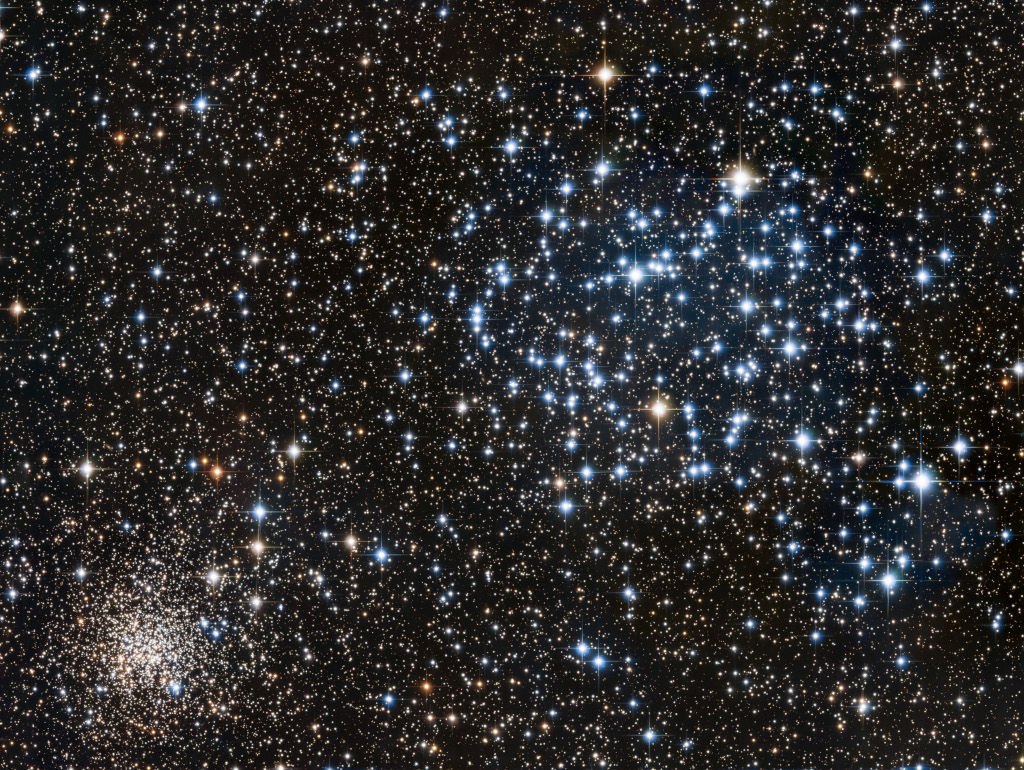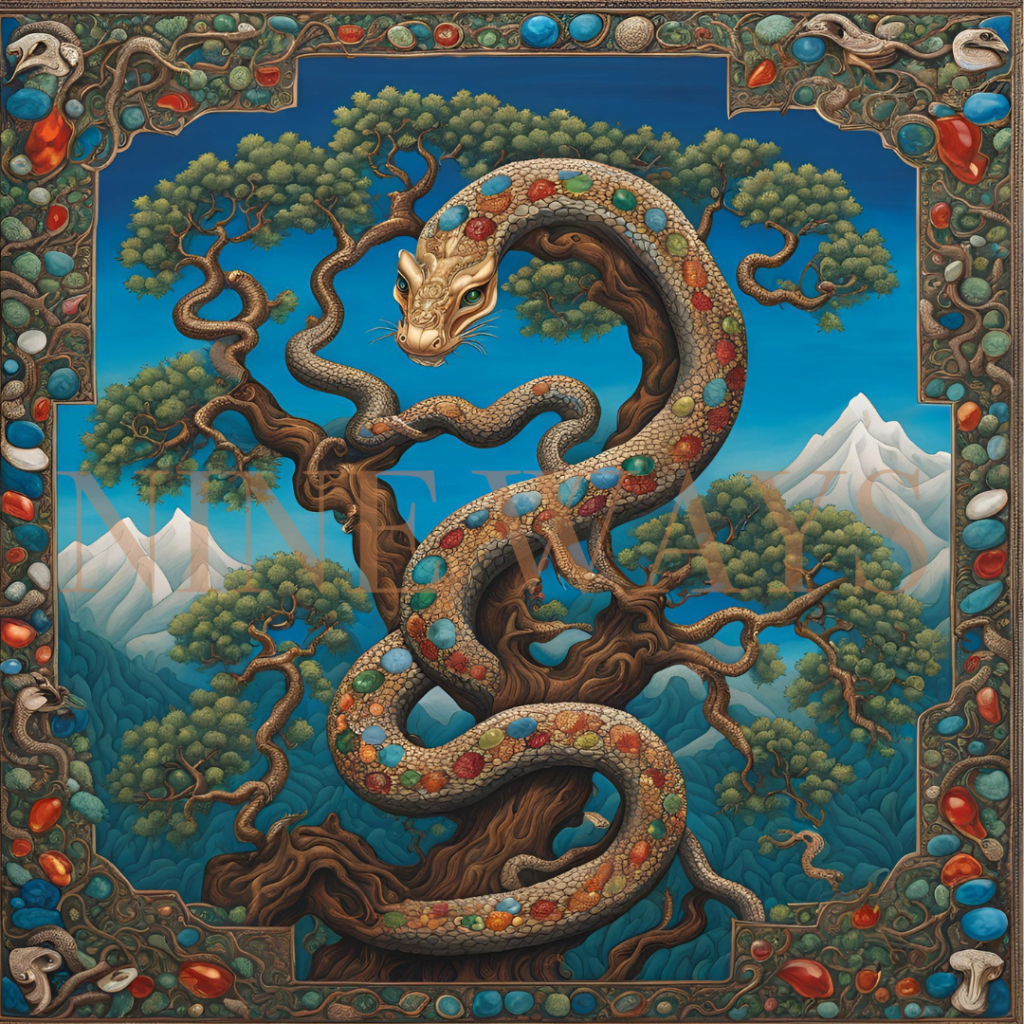Blog
Friday February 28th 2025 6pm JEWL Family Shabbat featuring 4th & 5th graders. Music with Inbal Sharett-Singer, Jayson Rodovsky, Pat Okeefe and mick laBriola.
more...The Rosette Nebula (also known as Caldwell 49) is an H II region located near one end of a giant molecular cloud in the Monoceros region of the Milky Way Galaxy. The open cluster NGC 2244(Caldwell 50) is closely associated with the nebulosity, the stars of the cluster having been formed from the nebula’s matter.
The nebula has been noted to be having a shape reminiscent of a human skull, and is sometimes referred to as the “Skull Nebula”. It is not to be confused with NGC 246, which is also nicknamed the “Skull Nebula” 5200 ly.

more...
Lewis Brian Hopkin Jones (28 February 1942 – 3 July 1969) was an English musician and founder of the Rolling Stones. Initially a slide guitarist, he went on to sing backing vocals and played a wide variety of instruments on Rolling Stones recordings and in concerts.
After he founded the Rolling Stones as a British blues outfit in 1962 and gave the band its name, Jones’s fellow band members Keith Richards and Mick Jagger began to take over the band’s musical direction, especially after they became a successful songwriting team.
When Jones developed alcohol and drug problems, his performance in the studio became increasingly unreliable, leading to a diminished role within the band he had founded. In June 1969, the Rolling Stones dismissed Jones; guitarist Mick Taylor took his place in the group. Less than a month later, Jones died by drowning at the age of 27 in the swimming pool at his home at Cotchford Farm, East Sussex. His death was referenced in songs by many other pop bands, and Pete Townshend and Jim Morrison wrote poems about it. In 1989, he was inducted into the Rock and Roll Hall of Fame as a member of the Rolling Stones.
more...John Aloysius Fahey ( February 28, 1939 – February 22, 2001) was an American fingerstyle guitarist and composer who played the steel-string acoustic guitar as a solo instrument. His style has been enormously influential and has been described as the foundation of the genre of American primitive guitar, a term borrowed from painting and referring mainly to the self-taught nature of the music and its minimalist style. Fahey borrowed from the folk and blues traditions in American roots music, having compiled many forgotten early recordings in these genres. He would later incorporate 20th-century classical, Portuguese, Brazilian, and Indian influences into his work.
Fahey spent many of his later years in poverty and poor health, but enjoyed a minor career resurgence in the late 1990s, with a turn towards the avant-garde. He also created a series of abstract paintings in his final years. Fahey died in 2001 from complications from heart surgery. In 2003, he was ranked 35th on Rolling Stonemagazine’s “100 Greatest Guitarists of All Time” list. In 2023, Rolling Stone ranked Fahey as 40th greatest guitarist of all time.
more...William Correa (February 28, 1934 – September 15, 1983), better known by his stage name Willie Bobo, was an American Latin jazzpercussionist of Puerto Rican descent. Bobo rejected the stereotypical expectations of Latino music and was noted for his versatility as an authentic Latin percussionist as well as a jazz drummer easily moving stylistically from jazz, Latin and rhythm and blues music. After a period of ill health, Bobo died at the age of 49, succumbing to cancer.
more...Bulerías is one of flamenco’s most flexible forms: constantly changing, spontaneous, humorous, equally at home on a concert stage or at a private juerga. It’s the Rock’n Roll of flamenco – fast, rhythmic party music laced with social commentary that mocks the rich as it entertains them.
Cantes por bulerías began with Jerezano singer Loco Mateo (c. 1832-1890), who would conclude his specialty, the soleares, with a remate(ending) por bulerías. Bulerías is closely associated with the City of Jerez de la Frontera, specifically Barrio San Miguel, the home of many of flamenco’s most influential artists, including Loco Mateo, Agujetas, and Don Antonio Chacón.
more...
“A good laugh overcomes more difficulties and dissipates more dark clouds than any other one thing.” —Laura Ingalls Wilder

Chuck Wayne (February 27, 1923 – July 29, 1997 NY) was an American jazz guitarist. He came to prominence in the 1940s, and was among the earliest jazz guitarists to play in the bebop style. Wayne was a member of Woody Herman‘s First Herd, the first guitarist in the George Shearingquintet, and Tony Bennett‘s music director and accompanist. He developed a systematic method for playing jazz guitar.
more...Framed in this single, starry, telescopic field of view are two open star clusters, M35 and NGC 2158. Located within the boundaries of the constellation Gemini, they do appear to be side by side. Its stars concentrated toward the upper right, M35 is relatively nearby, though. M35 (also cataloged as NGC 2168) is a mere 2800 light-years distant, with 400 or so stars spread out over a volume about 30 light-years across. Bright blue stars frequently distinguish younger open clusters like M35, whose age is estimated at 150 million years. At lower left, NGC 2158 is about four times more distant than M35 and much more compact, shining with the more yellowish light of a population of stars over 10 times older. In general, open star clusters are found along the plane of our Milky Way Galaxy. Loosely gravitationally bound, their member stars tend to be dispersed over billions of years as the open star clusters orbit the galactic center.

more...
José Melis Guiu (February 27, 1920 – April 7, 2005) was a Cuban-American bandleader and television personality.
more...Mildred Bailey (born Mildred Rinker; February 27, 1907 – December 12, 1951 Tekoa, WA) was a Native American jazz singer during the 1930s, known as “The Queen of Swing”, “The Rockin’ Chair Lady”, and “Mrs. Swing”.
She recorded the songs “For Sentimental Reasons“, “It’s So Peaceful in the Country”, “Doin’ The Uptown Lowdown”, “Trust in Me“, “Where Are You?“, “I Let a Song Go Out of My Heart“, “Small Fry“, “Please Be Kind“, “Darn That Dream“, “Rockin’ Chair“, “Blame It on My Last Affair”, and “Says My Heart”. She had three records that reached number one on the popular charts.
Bailey grew up on the Coeur d’Alene Reservationin Idaho, where her mother was an enrolled citizen. The family moved to Spokane, Washington, when she was 13. Her younger brothers also became musicians. Her brother, Al Rinker, started to perform as a singer with Bing Crosby in Spokane and became a member of The Rhythm Boys. As adults, Charles Rinker was a lyricist, and Miles Rinker was a clarinet and saxophone player who later became a booking agent.
more...Dexter Gordon (February 27, 1923 – April 25, 1990) was an American jazz tenor saxophonist, composer, and bandleader. He was among the most influential early bebop musicians. Gordon’s height was 6 feet 6 inches (198 cm), so he was also known as “Long Tall Dexter” and “Sophisticated Giant”. His studio and performance career spanned more than 40 years.
Gordon’s sound was commonly characterized as being “large” and spacious and he had a tendency to play behind the beat. He inserted musical quotes into his solos, with sources as diverse as “Happy Birthday” and well-known melodies from the operas of Wagner. Quoting from various musical sources is not unusual in jazz improvisation, but Gordon did it frequently enough to make it a hallmark of his style. One of his major influences was Lester Young. Gordon, in turn, was an early influence on John Coltrane and Sonny Rollins. Rollins and Coltrane then influenced Gordon’s playing as he explored hard bop and modal playing during the 1960s.
Gordon had a genial and humorous stage presence. He was an advocate of playing to communicate with the audience, which was his musical approach as well. One of his idiosyncratic rituals was to recite lyrics from each ballad before playing it.
A photograph by Herman Leonard of Gordon taking a smoke break at the Royal Roost in 1948 is one of the iconic images in jazz photography. Cigarettes were a recurring theme on covers of Gordon’s albums.
Gordon was nominated for an Academy Award for Best Actor in a Leading Role for his performance in the Bertrand Tavernier film Round Midnight (Warner Bros, 1986), and he won a Grammy for Best Jazz Instrumental Performance, Soloist, for the soundtrack album The Other Side of Round Midnight (Blue Note Records, 1986). He also had a cameo role in the 1990 film Awakenings. In 2018, Gordon’s album Go (Blue Note, 1962) was selected by the Library of Congress for preservation in the National Recording Registry for being “culturally, historically, or aesthetically significant”.
more...More Posts
- Happy Summer Solstice 2019
- The Cosmos with NGC 1169
- Augustus Pablo Day
- Lalo Schifrin Day
- Alexander Lagoya Day
- Skip James Day
- World Music with Cameron y Tomatito
- Daily Roots with Anthony Creary
- The Cosmos with M106/NGC 4217
- Lazy Lester Day
- Eric Dolphy Day
- World Music with Hope Masike
- Daily Roots with the Abysinnians
- The Cosmos with NGC 4039
- Billy Drummond Day
- Ernest Ranglin Day
- Bertie King Day
- World Music with Bholoja
- Daily Roots with Alton Ellis
- The Cosmos with NGC 6188/93



